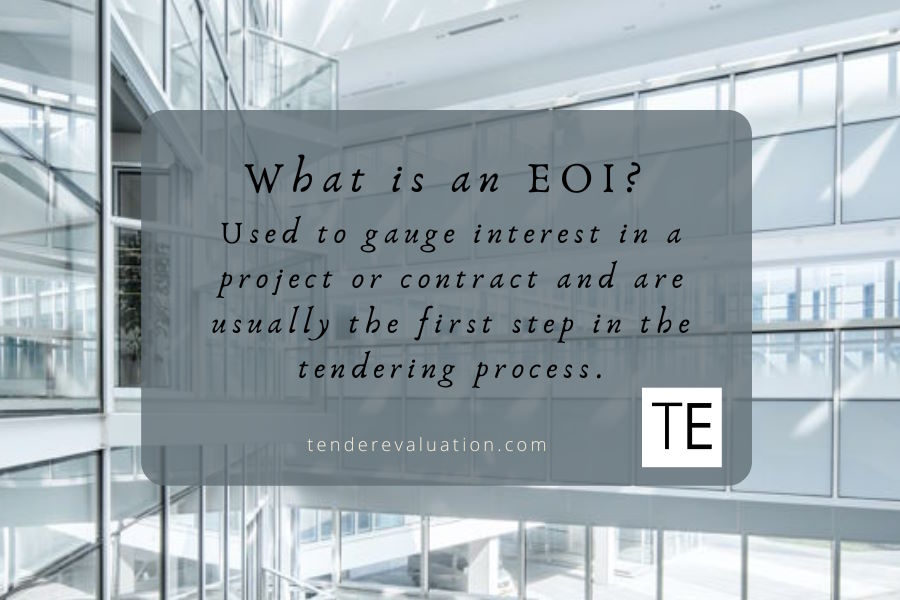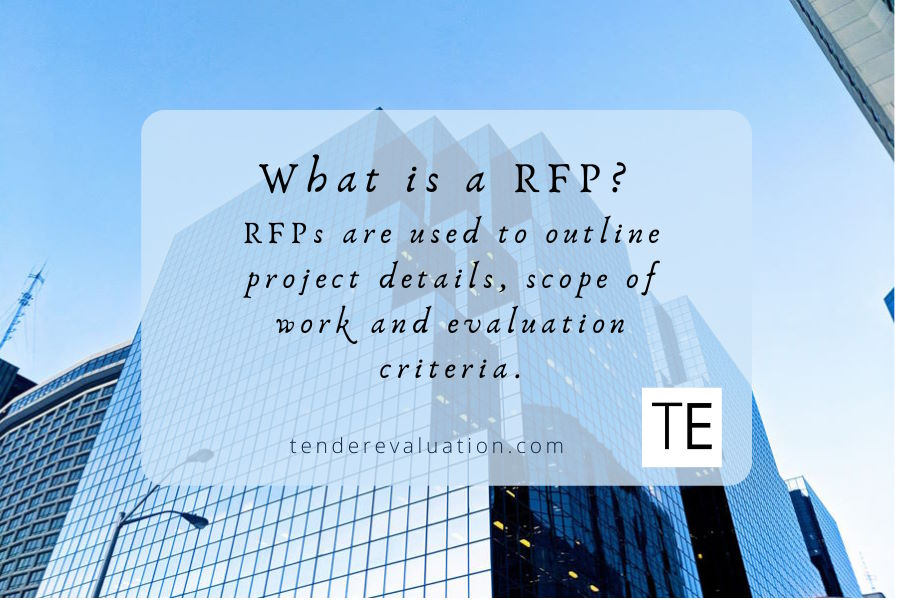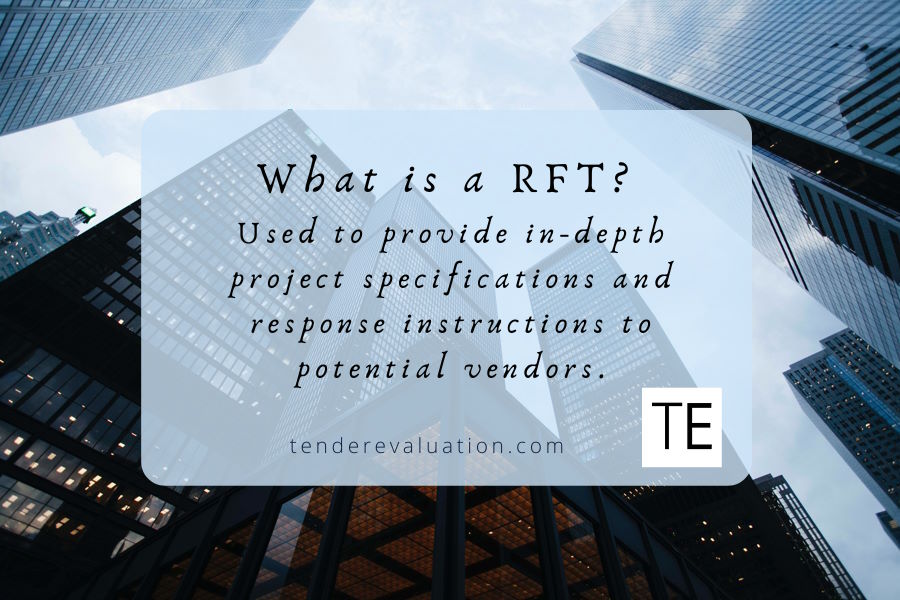As a business owner, you may have heard the terms EOI, RFP, and RFT being mentioned when discussing business tenders. These acronyms are actually key components of the tender process that you’ll need to understand if you want to win business from government agencies or larger corporations.
In this article, we’ll dive into what EOI, RFP, and RFT mean, their characteristics and differences, and how they are used in the context of business tenders. By the end, you’ll have a solid understanding of the different types of tenders, which is more likely to feature in different scenarios, and why understanding the difference matters if you want to stand out from the competition. Let’s get started!
What is an EOI (Expression of Interest)?
EOI stands for Expression of Interest. As the name suggests, it’s a way for businesses to express their interest in a particular project or contract. An EOI is usually the first step in the tender process and is used to gauge the level of interest from potential partners, suppliers, vendors and bidders before moving on to the more detailed stages.

What’s in an EOI?
An EOI typically includes a brief description of the project, the criteria a potential service provider must meet, and instructions to prospective contractors on how to respond. It’s usually a less formal document than an RFP or RFT and requires less detail in the response.
What’s the purpose of an EOI?
The purpose of an EOI is to narrow down the pool of potential bidders to a more manageable number before a final offer and proceeding to the bidders’ review in the next stage. It allows the organisation issuing the tender to filter out bidders who may not have the right qualifications or experience, saving time and resources in the selection process.
When is an EOI used?
EOIs are commonly used when the organisation issuing the tender has a specific project or need in mind but isn’t sure which businesses are interested in bidding on it. An EOI allows the organisation to get a sense of the market and determine which businesses have the capacity to undertake the work.
For example, a government agency may issue an EOI for a construction project, asking interested parties in a new project to provide basic information about their company, and their organisation indicating their experience in construction, and their capacity to undertake the project.
How we helped a construction company with their EOI
A construction company in QLD approached us about assisting them with an EOI for selection to a panel of contractors for a water infrastructure project.
We knew from our 37 years of experience the key to success in the EOI process is to ensure every question is answered completely (called ‘compliance’), and that all major claims are backed up by numbers and examples.
By evaluating the EOI responses in the construction company’s proposal before it was submitted to their client, we ensured these two factors were achieved.
And the result? Not only was the construction company the winning bidder of this EOI, but they also secured five more contracts off the back of this one win!
What is an RFP (Request for Proposal)?
RFP stands for Request for Proposal, and it’s a more detailed document than an EOI. An RFP is typically issued after an EOI, and it provides bidders with more specific details about the project or contract, including the scope of work, requirements, and evaluation criteria.

What’s in an RFP?
An RFP typically includes several sections, such as an introduction, project announcement, scope of work, evaluation criteria, proposal requirements, and instructions on how to respond to other requests. Bidders are expected to provide a detailed response that demonstrates their understanding of the project, their capacity to undertake the work, and their proposed approach.
What’s the purpose of an RFP?
The purpose of the RFP process is to solicit proposals from potential vendors that demonstrate how they would approach the project or contract and provide a detailed description of the services they would provide.
When is an RFP used?
RFPs are commonly used when the organisation issuing the tender has project requirements or contracts in mind and wants bidders to provide a detailed proposal outlining how they would approach the work.
For example, a corporation may issue a Request For Proposal for a marketing campaign, asking bidders to provide a detailed proposal outlining their understanding of the project goals, the target audience and proposed strategy, and their capacity to deliver the project within the specified timeline and within budget limitations.
Loopio’s fourth annual RFP Response Benchmarks & Trends Report, which analyses data from 1,500+ RFP teams globally found that on average, organisations win 44% of their RFPs (so worth taking the time to respond to RFPs!). 17% of teams report winning 30-39% of bids, while another 16% win 40-49% of their RFPs.
How we helped a transport provider win an RFP
A helicopter transport provider approached Tender Evaluation because they needed to win a long-duration contract for helicopter marine pilot transfer services.
Tender Evaluation know from their experience in the helicopter industry that the critical success factors in a Request For Proposal are to provide value-add (known as “differentiation”) in addition to competitive pricing and ensuring every question is answered completely.
We worked with our client to clearly describe how they would ensure safety, reliability and availability and used evaluator’s notes to show our client where they needed to adjust their tender documents before they were submitted.
The result was that our client won that RFP against a field of international competitors!
What is an RFT (Request for Tender)?
RFT stands for Request for Tender, and it’s the most formal and detailed document in the tender process. An RFT is typically issued after an EOI and/or an RFP, and it provides bidders with comprehensive and detailed information about the project or contract, including technical specifications, pricing, and contractual terms and conditions.

What’s in an RFT?
An RFT typically includes a detailed description of the project or contract, technical specifications, pricing information, evaluation and selection criteria, and instructions to remaining bidders on how to respond. Bidders are expected to provide a comprehensive response that addresses all the requirements outlined in the RFT.
What’s an RFT’s purpose?
The purpose of an RFT is to solicit bids from potential bidders that demonstrate their capacity to undertake and complete the work and meet all the specified requirements.
When are RFTs used?
RFTs are commonly used when the public sector department or organisation issuing the tender already has a project or contract in mind and wants bidders to provide a comprehensive bid that outlines their proposed solution, pricing, and contractual terms and conditions.
For example, a government agency may issue an RFT for a construction project, asking bidders to provide a comprehensive bid that includes detailed technical specifications, pricing information, and contractual terms and conditions.
How we helped a long-term client win an “un-winnable” RFT
A long-term client approached us because they wanted to re-contract a substantial rail maintenance contract for locomotives and carriages.
The contract issuer had told our client that they could not be awarded the contract again because they had held the contract for so long already.
Tender Evaluation knew from our experience in this industry that our client’s tender response would have to display very high differentiation to be chosen again: the “Curse of the Incumbent”!
Our team provided line-by-line comments throughout the whole tender response document on where differentiation was missing and what the differentiation could be.
The result was the contract issuer did select our client again – even though they said they were not able to do that!
What are the main characteristics and differences between EOIs, RFPs & RFTs?
The type of tender issued will usually depend on the government agencies or organisations’ needs and the project or contract in question. Each type may be better suited to certain industries and project types, depending on the level of technical expertise required and the specific needs of the organisation.

Expression of Interest
An EOI is typically used to gauge interest in a project or contract and identify potential bidders that meet the minimum qualifications and experience requirements.
This type of tender may be used when an organisation has a particular project or need in mind but is unsure which businesses are interested.
EOIs are commonly used in industries such as construction, engineering, and information technology, where specialised expertise and experience are required.
Request for Proposal
An RFP is typically used to solicit detailed proposals from potential bidders that demonstrate how they would approach the project or contract and provide a detailed description of the services they would provide.
This type of tender may be used when an organisation has a specific project or contract in mind and wants multiple bidders to provide a detailed RFP response outlining how they would approach the work.
RFPs are commonly used in industries such as marketing, advertising, and consulting, where organisations require specialised expertise and solutions tailored to their specific business needs.
Request for Tender
An RFT is typically used to solicit comprehensive bids from potential vendors and bidders that demonstrate their capacity to undertake the work and meet all the specified requirements.
This type of tender may be used when an organisation has a project or contract in mind and wants a comprehensive bid that outlines the bidder’s proposed solution, pricing, and contractual terms and conditions.
RFTs are commonly used in industries such as construction, manufacturing, and logistics, where technical details, specifications, pricing, and contractual terms and conditions are critical.
Types of Tender Summary
Why understanding the differences matters
Business tendering is a complex procurement process, that involves different types of tenders, each with its own characteristics, purpose, and requirements. Taking the time to understand the differences between EOI, RFP, and RFT can be a valuable investment for businesses looking to succeed in the competitive world of tendering.
Each type of tender serves a different purpose and may be used differently depending on the organisation issuing the tender and the project or contract in question. EOIs are used to gauge interest and identify potential bidders, RFPs are used to solicit detailed proposals, and RFTs are used to solicit comprehensive bids.
By understanding the characteristics of each type of tender and the industries they are best suited to, businesses can tailor their proposals to meet the specific requirements of the tender and increase their chances of success. This can ultimately lead to full and open competition and increased revenue and growth opportunities for your business.
Need to know more? Talk to a tender proposal expert!
Whether you’re submitting a winning EOI, getting through the RFP process, or creating an RFT proposal, our experienced tendering experts are here to help. Remember, it’s not just about having the lowest-priced bid!
Contact us today and let us help you significantly increase your chances of winning that tender – and growing your business!


